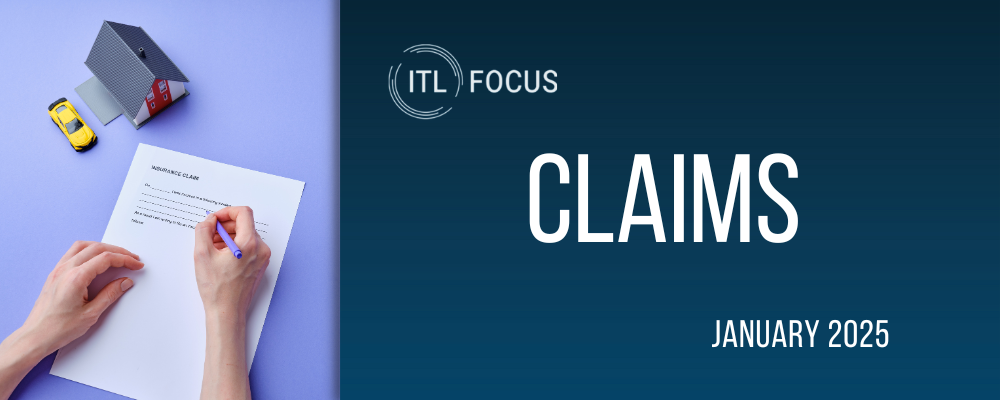This year, we have witnessed explosive growth in technology adoption. Zoom video conferencing has risen 574%, Instacart grocery delivery has jumped 450% and Google Classroom usage has increased 580%—all due to COVID-19. The pandemic has truly altered how we think about and use technology. For businesses, it has introduced opportunities for digital transformation. Case in point: the automotive insurance industry.
While some may say insurers are slower to embrace change, the sector has moved at lightning speed to maintain business continuity since the start of COVID-19. The first step was what seemed like an overnight transition to a fully remote workforce. After setting up the required technology to support their employees, carriers then shifted focus to refining the digital solutions that would allow them to better manage the claims process and serve their customers virtually.
Automotive insurers have long relied on staff appraisers and collision repairers to assess vehicle damage after an accident. While virtual estimating—or using photos in place of a physical inspection—is not new, the pandemic has made it the preferred method of inspection.
Prior to COVID-19, use of virtual estimating was limited and focused almost exclusively on low-severity claims. This was due, in part, to concerns about the ability to produce an accurate estimate. In fact, when compared with other methods of inspection, virtual estimating accounted for just 2% of all estimates written in the United States and Canada just a year ago.
However, with an increase in our need to socially distance and a decrease in miles driven, the conditions were right for widespread adoption of claims virtualization. In just the first two months of the pandemic, virtual estimating usage jumped to 13%—all while growth in other methods of inspection has decreased or remained stagnant. In addition, some carriers announced early in the outbreak that they were moving almost all of their claims handling to a virtual model, and dozens more reached out to Mitchell to get started. Collision repair shops have also followed suit, providing customers with new tools for collecting and submitting damage photos.
See also: Future of Claims: Automation, Empathy
For insurers, the benefits of virtual estimating include increased efficiency and customer satisfaction. Field appraisers typically complete three to four estimates a day when factoring in administrative tasks and drive time. However, with virtual estimating, that number increases to 15 to 20. By eliminating travel and tasks like appointment setting, employees can focus their efforts on the actual appraisal. Consumers, on the other hand, benefit from the speed, ease and convenience that comes from a digital self-service solution—at a time when technology adoption has never been higher.
So what impact does this have on claims automation? The first step toward automating the claims workflow was increasing insurers’ comfort level with using photos, instead of a physical inspection, to assess vehicle damage. With COVID-19 accelerating their adoption of virtual or photo-based estimating, we have now reached a tipping point. Insurers have validated the feasibility of using photos in the estimating process. They have seen virtual estimating used successfully for both low- and high-severity claims. And they can no longer dispute the efficiency gains and consumer benefits it provides. These factors combined may make them willing, and ready, to begin automating the complex, labor-intensive claims process.
The natural next step is to use artificial intelligence (AI) to further streamline and improve estimating. With the photos—and eventually videos—submitted digitally, insurers can rely on an AI engine to identify component-level vehicle damage. From there, the data can be combined with other inputs to return a recommendation of either repair or replace. If repairable, the computer can then populate individual estimate lines with recommended parts and labor costs. Once the data is submitted, carriers can even incorporate automation in the auditing process. Instead of reviewing just a handful of estimates each day, auditors can let the computer review all of the estimates submitted. This will allow them to focus their energy on the claims that need attention. It will also give them the opportunity to rapidly uncover and address any issues.
Leveraging automation in the claims process has many benefits, as noted by McKinsey. First, it improves accuracy. Next, it increases efficiency, reducing expenses by 25% to 30%. Finally, it raises customer satisfaction by as much as 20%.
See also: Keys to ‘Intelligent Automation’
Over the last three months, insurers have taken an incremental step—or leap—closer to claims automation. However, the transition from virtual estimating to touchless claims will not happen overnight. It is an evolution that will require us to re-think how and where we use technology versus how and where humans apply their expertise. In the end, though, automating more of the claims process will allow us to better serve consumers and support the proper, safe repair of their vehicles.








